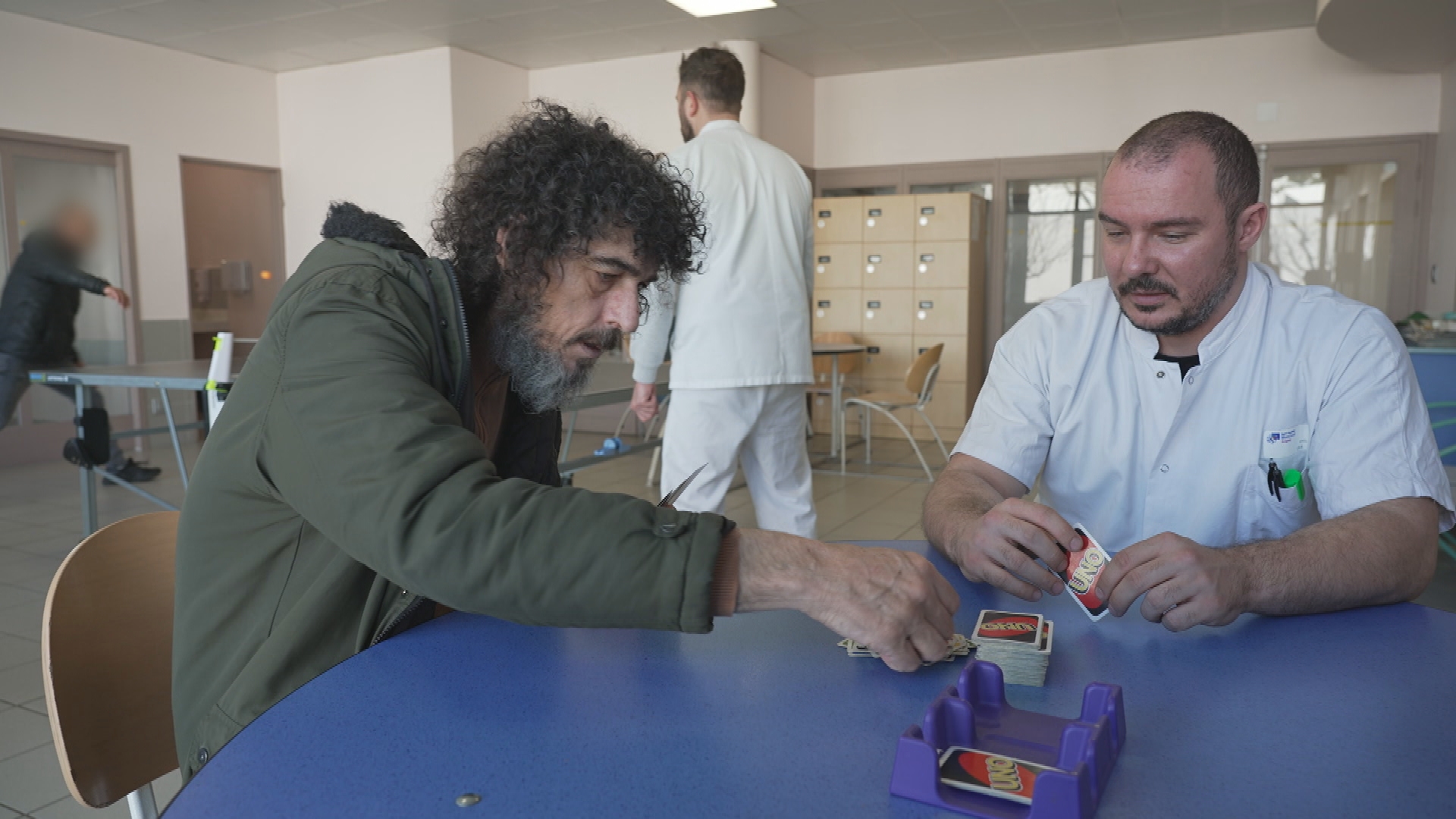
- 90'
- Author : Zaina Izabachène
- 10-03-2025
- Master : 3610
-
Share!
SURVEY ON THE CRISIS IN PSYCHIATRY | M6 | Zone Interdite
We come across them almost every day. They may be a neighbor, a family member, a homeless person in the neighborhood, or just passing by. In France, 20% of adults suffer from a mental disorder, 15% of them in a particularly severe form. While not everyone is a potential murderer, the French National Authority for Health points out that individuals suffering from severe mental disorders are 4 to 7 times more likely than others to commit violent acts. They even account for 2 to 5% of homicides.
So what should be done with those whom society regards as dangerous lunatics? Are their fits of madness predictable? Who intervenes, and what happens to them after they’ve committed a crime? Should they be treated or punished? Often found to be criminally irresponsible, they end up locked up in psychiatric wards, where there is a severe shortage of nursing staff and space. They may also be incarcerated and monitored by professionals within the prisons themselves. Who decides on their release? How are they supported once they’ve regained their freedom of movement? Are there ways of preventing them from doing harm?
To answer all these questions, the psychiatric unit at Montfavet-Avignon agreed to open the doors of all the departments where people suffering from so-called severe disorders are cared for.
The Montfavet unit for difficult patients, psychiatric wards at Tarascon prison, closed units at Carpentras hospital, mobile reintegration and follow-up care units – we’ll be able to follow the work and patients of all these teams. A rare, exceptional authorization!
Through cases that have made the headlines, such as that of Alban Gervaise, a father in Marseille, who was attacked at knifepoint in front of his children’s school by an “unbalanced” man transferred to the Montfavet UMD. In addition to portraits of patients locked up in psychiatric units or prisons, we will follow the work of nursing staff and legal professionals, and hear the testimonies of families and victims. We will paint a portrait of the care given to these dangerous patients whom society would like to see locked up for good, as well as that of psychiatry today. Finally, we’ll try to find out whether there are ways of preventing the offenders from acting out and reoffending.
